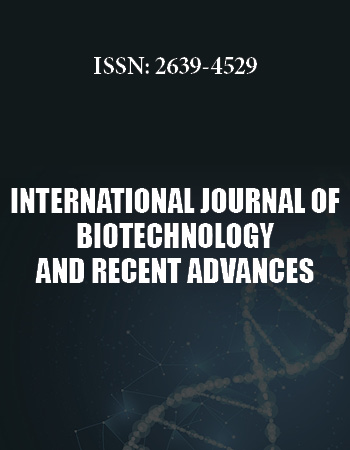European Microbiology Research Conference
December 3-4, 2018 Valencia, Spain
Burkholderia Infection of Lung Epithelial Cells and Macrophages Involves Multiple Tetraspanins
University of Sheffield, UK
Burkholderia thailandensis is a non-pathogenic bacterium and is widely used as a model of Burkholderia pseudomallei, the causative agent of melioidosis. One of the histopathological features of melioidosis is multinucleate giant cell (MNGC) formation, potentially a protective structure for the bacteria. However, the molecular mechanisms of this pathogenic process have not been elucidated. It is possible that the bacteria can regulate this process by affecting the function and expression of host cell membrane molecules, including tetraspanins. Tetraspanins are known to be involved in MNGC formation and other cell fusion events, probably indirectly through the formation of tetraspanin-enriched-microdomains that organize fusogenic proteins at the membrane. This work aims to investigate the role of tetraspanins in MNGC formation during Burkholderia infection using the mouse macrophage J774.2 and human lung epithelial A549 cell lines, as they represent two of the cell types commonly infected in melioidosis. We used a B. thailandensis type VI secretion system mutant strain (Δtssk-5 which can infect cells without stimulating MNGC formation) to distinguish between tetraspanins involved in infection from those with a role in cell fusion infection. We first measured tetraspanin expression changes during B. thailandensis infection using qPCR. All 33 TSPANs had detectable mRNA in uninfected cells; 10 TSPANs were found to change post-infection but only 5 TSPANs showed consistent changes in both host cell types and no change with Δtssk-5. Of these, TSPAN-2, TSPAN-5, TSPAN-13 and CD9 mRNA levels appeared to correlate most closely with the onset of fusion in both cell types. Flow cytometry confirmed changes at the protein level for TSPANs (TSPAN-2 and TSPAN-13). The functional roles of these tetraspanins in bacterial infection and cell fusion assays were investigated by treating cells with antibodies, recombinant EC2 proteins and peptides derived from CD9 EC2. TSPANs (CD9, TSPAN-2 and TSPAN-13) were shown to have roles in infection and cell fusion, respectively. Finally, 10 adhesion molecules known to interact with TSPANs had detectable mRNA levels in uninfected cells; 5 of these were found to change after infection but only 3were affected in both host cell types and not with Δtssk-5 (ADAM10, CD172a and CD98).


